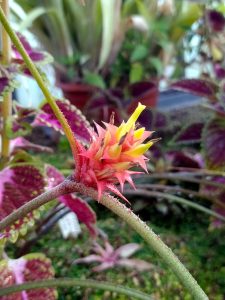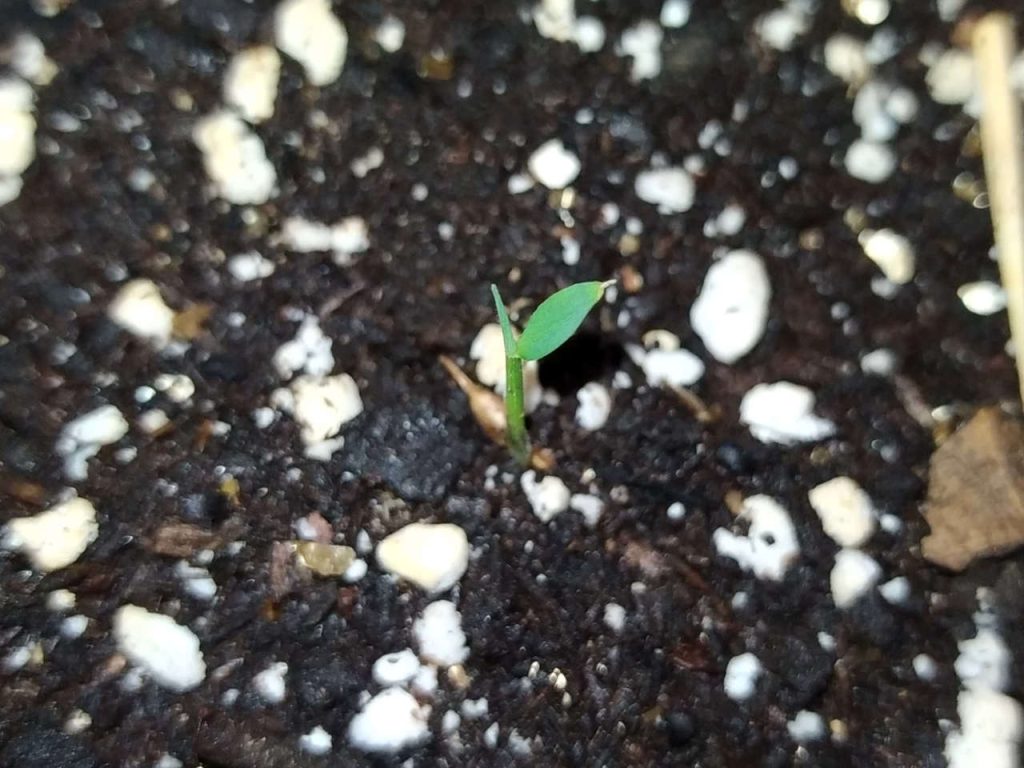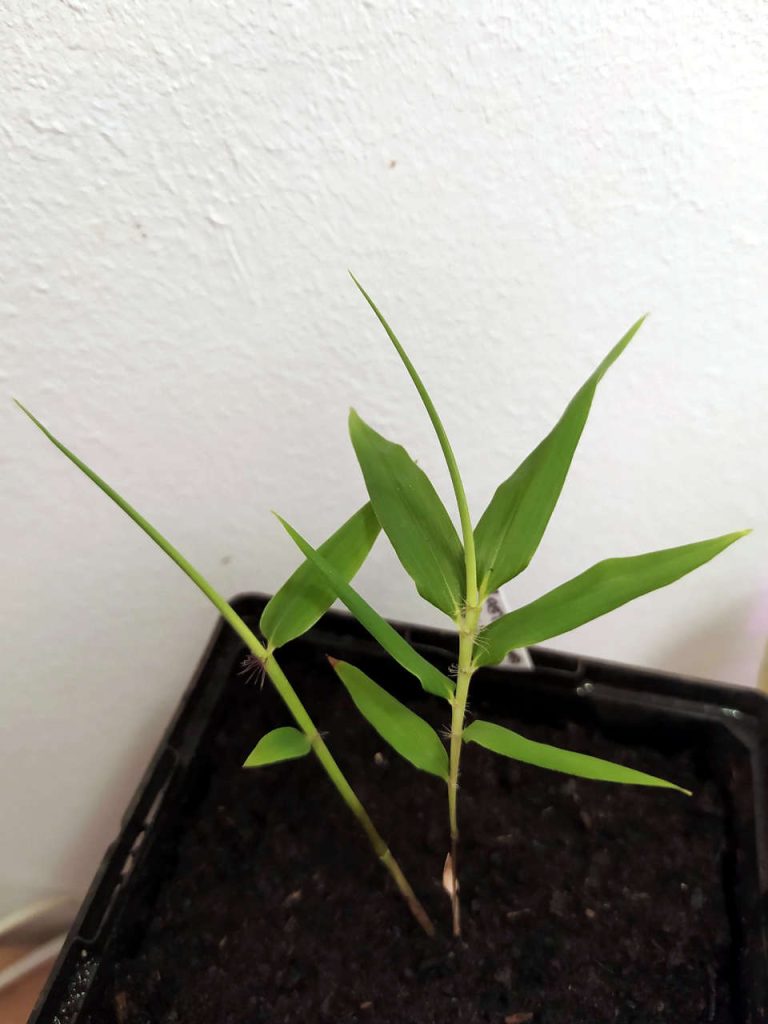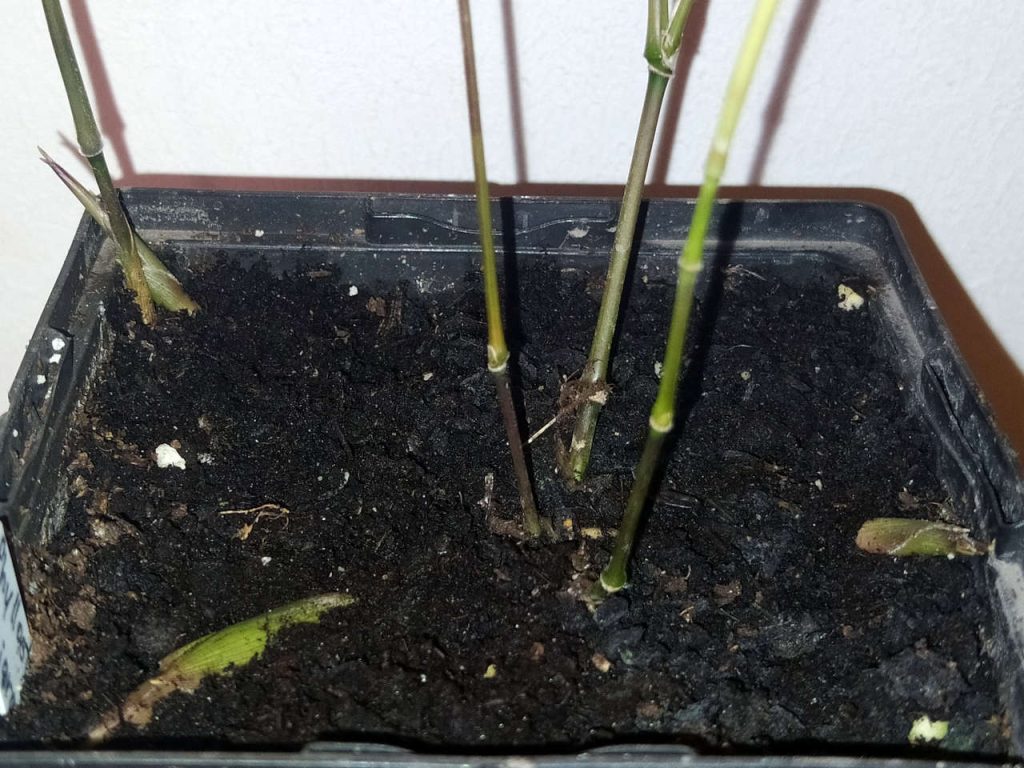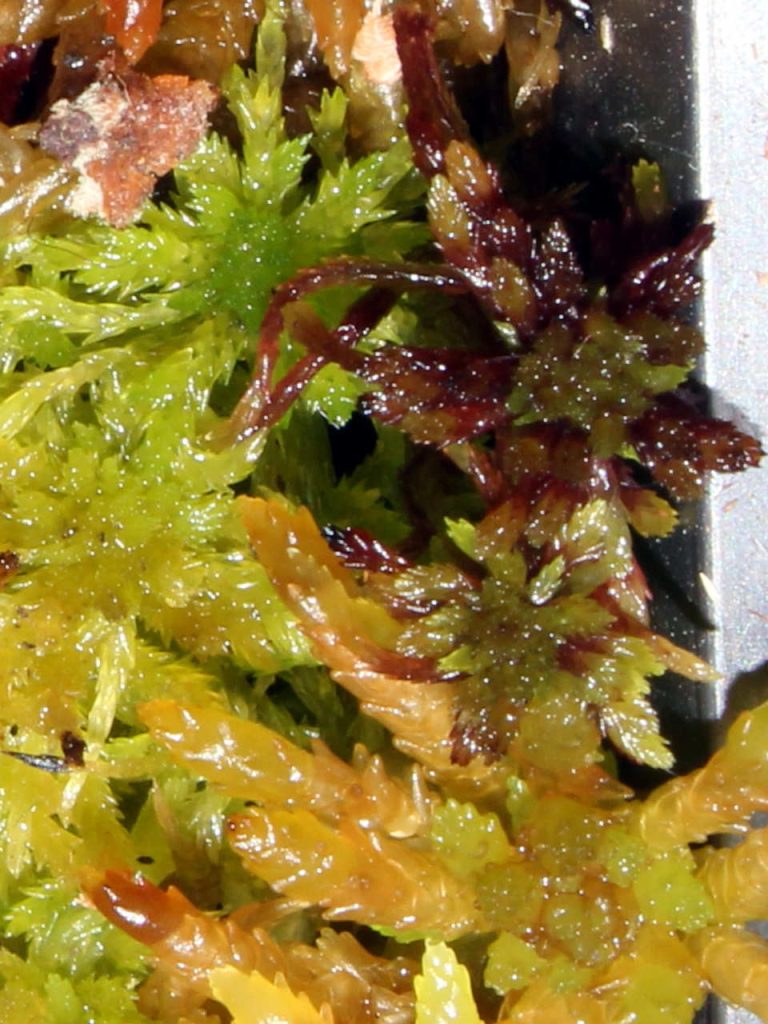Phyllostachys arcana seedling’s culm coloration
Seedlings maturing
It’s been a while since I’ve germinated Phyllostachys arcana ‘Luteosulcata’ seeds and it seems they are finally starting to get a more mature form. This year, most of the bamboos refused to put out a lot of shoots. Only small number of shoots emerged and with an exception of P. pubescens ‘Moso’ seedling, there was hardly any upsize. Despite similar sized shoots, new shoots exhibit more pronounced details regarding culm coloration. When I plant the seedlings out somewhere into an open field where their space is not that limited, they will mature further much faster.
Seedling no.1
The seedling with heavily variegated leaves did not shoot at all and it ended up getting quite weak due to drought. I need to move it from its raised bed ASAP. Its culms are now getting 2 years old and they all turned bright yellow. The largest one is pencil thick though as it’s suffering the most. There were many older culms that dried out completely this season. The raised bed ended up a bad idea. It’s draining well and it doesn’t hold enough moisture. Despite regular watering, bamboo suffered from severe drought during hot summer weather. Most of the time leaves were wilted and it showed signs of stress.
Seedling no.2
The second seedling has grown a couple of shoots, roughly the same size as last year. From all 3 variegated seedlings, this one is showing the most interesting culm coloration. Shoots have now turned completely yellow with dark green sulcus and with more sporadic dark green striping pattern around the culm. Lower internodes without the sulcus only have the sporadic stripes.
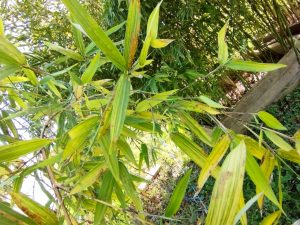

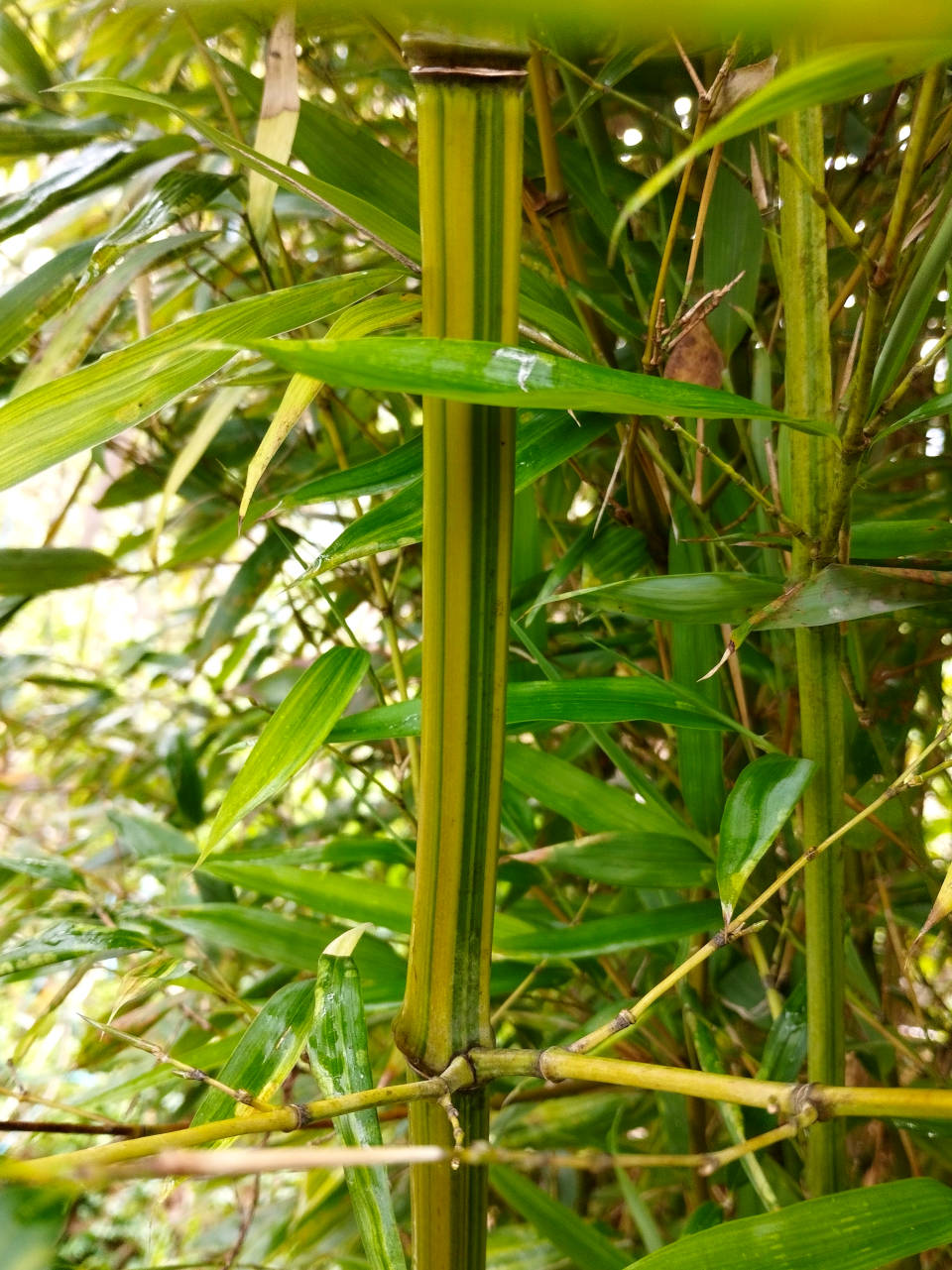
Seedling no.3
The least variegated seedling has grown the most. It had escaped the raised bed and pushed a few larger shoots outside. Its culms are the least variegated as well. They appear green and only have lighter green striping pattern, sulcus color is also not expressed. Leaves are almost completely dark green color with only light striping.
Mite infestation
This year’s hot and dry weather promoted the spread of bamboo mites. This growing season my P. arcana seedlings got hit the most. Some leaves are completely ruined by heavy mite infestation. I refused any kind of chemical control so far, but it looks like I’ll have to consider spraying some sort of miticide to reduce their numbers. Photosynthesis of variegated leaves that are already affected by reduced photosynthetic activity, decreased even further.



